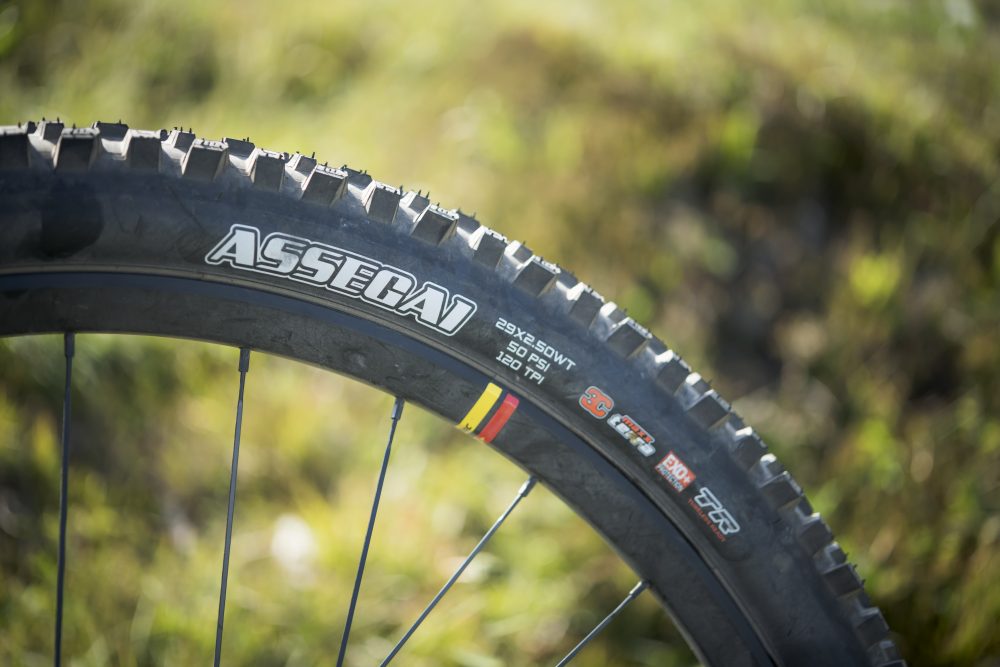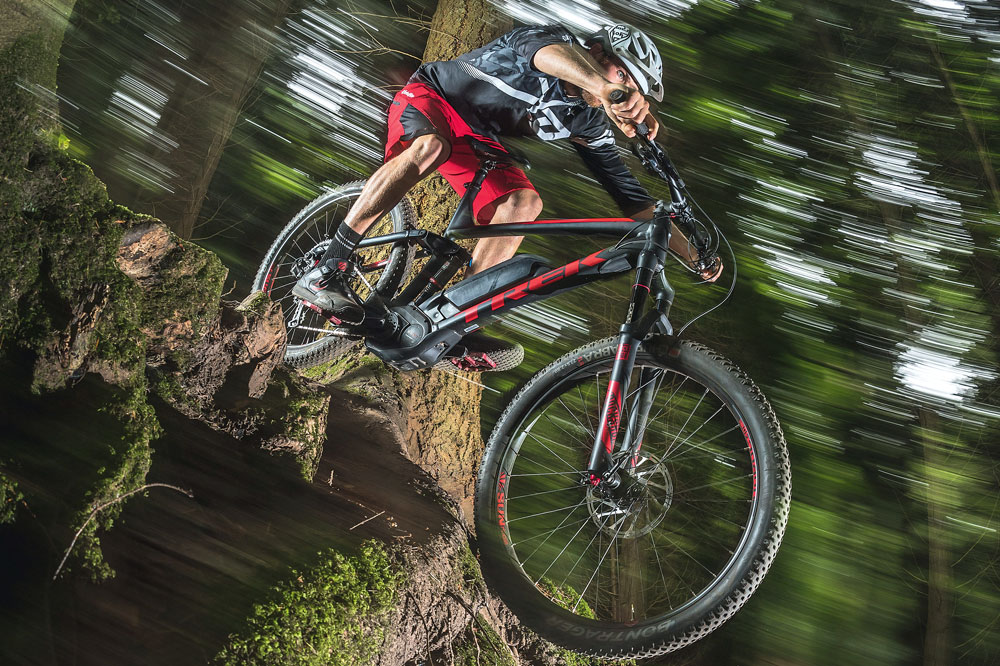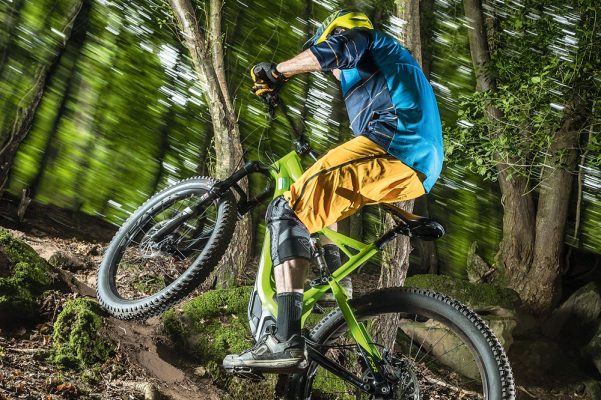E-bikes do more miles than regular bikes but e-bikers still want more! Here's how to get the most from your battery and most from your motor. Power-up your e-biking!
Even the best electric mountain bikes can struggle for range if they’re ridden in unsuitable ways or setup incorrectly. Take note of the following ten helpful hints to get even more miles – and fun – out of your eMTB.
1. Power mode
Either use your motor’s ‘intelligent’ mode eg. Bosch’s eMTB mode or grab your smartphone, fire up your e-bike motor manufactuer’s app and have a looksee at what your motor is set up like. Simply turn down the power-level of a couple of power levels, or go for one of the presets eg. Shimano’s ‘Explorer’ preset may suit you better than its default ‘Dynamic’ preset. For example, a lot of Shimano STEPS users now prefer to stay in ‘Eco’ for 95% of the ride and only use a decreased-power ‘Boost’ mode for the other 5% ie. bypassing ‘Trail’ mode altogether. It’s also well worth keeping on top of your ebike’s firmware by making sure you have the latest software for it. This is usually performed via Bluetooth on your smartphone.
Read more: Which is the best ebike motor?

2. Change gear more!
Don’t just jump for the power button first. Get your gearing right first. It’s still a bicycle principally propelled by human effort after all. Which brings us on to…

3. Cadence
Ask any bike shop mechanic and they’ll say the biggest bugbear with some e-bikers is their addiction to low cadence (sub-60 rpm). Not only does it drain power quicker (and cause the customer to moan about not getting the claimed mileage) it also eats drivetrains quicker too.
To keep the motor delivering peak power, you’ll need to spin rather than grind. Aim between 70 to 90 rpm. Keep twirling the cranks and you’ll maximise assistance. Start to stall and the motor will wind down – particularly infuriating on a steep climb. Wide-range 1x drivetrains are perfect for an e-bike, and you’ll need to shift regularly to optimise your cadence.

4. Suspension
Baggy bounce will eat your efforts. We’d recommend running higher pressures in your suspension fork and shock compared to a regular suspension bike to take account of an e-bike’s extra mass. Around 15 per cent front and 20-25 per cent rear seems to work well in our experience.

5. Tyres
Tempting – and logical – as it may sound, don’t go for light tyres. It’s false economy that will impair you ride. You’ll be working those sidewalls much harder on an e-bike, due to that extra weight, and because the back wheel is so much harder to get off the ground you’ll be slamming it into rocks and roots with much more force.
To avoid squirming sidewalls and frequent punctures go for higher pressures (as much as 30 per cent extra) and heavy-duty tyres. After all, the weight isn’t really so much of an issue. Size is everything, too, so go for the biggest volume tyre you can get away with. This will generate a bigger footprint on the ground, and really open up the possibilities when it comes to steep, technical, hill climb challenges.
Read more: Best mountain bike tyres – all-rounders and terrain-specific rubbers

6. Brakes
Much like tyres, don’t skimp on brakes. Dinner plate rotors are essential on an e-bike to keep all that extra weight in check. Go for a 203mm up front and 180mm at the rear (maybe even 203mm if your frame allows). Upgrade to four-pot calipers if possible. You’ll drag your brakes less, only squeezing the levers as and when you absolutely need them, which will do wonders for your watts. It’s also worth frequently checking you brake pads for wear before, during and after riding. And always have spare pads with you.
Read more: Best mountain bike disc brakes – budget, trail and 4-piston
7. Chain and jockey wheels
A clean, well oiled and free-rolling chain runs with much less drag than a mucky, poorly maintained chain. And that motor puts a huge strain on the drivetrain, particularly the chain when changing gear uphill. Make sure you check it regularly for wear, keep it well-lubricated and replace with genuine SRAM or Shimano parts.
8. Cornering
It takes a lot more muscle to get an e-bike leant over into a turn, but once you’re set-up, the weight of the bike will keep traction consistent, and even if the tyres do start to let go, they’ll do so slowly, so you can get a foot off and dab.
Don’t try to flick the bike between turns – take a more measured approach and play the long game. On mellow turns that are slightly uphill or flat, try to pedal around the corner and keep the motor engaged. Drag the back brake if you feel you’re running wide, but keep the cranks turning. We find this constant and calmer motor engagement sucks power less than the stomp-and-stop-repeat method.

9. Climbing
Use your gears before you reach for the power mode button. Again, high cadence is key here. Find a stable seated position that lets you weight the back wheel. The front end is much less likely to lift on an e-bike, so you can sit more upright and focus on traction. Keep your cadence high, and the motor working, by shifting down through the gears. Look ahead – don’t try to worry too much about the smoothest line and just focus on keeping momentum.

10. Descending
Don’t forget to switch down to Eco mode for descending. Even if you think it doesn’t matter, because you won’t be pedalling much, it does make a difference and it all adds up during a 30-40km ride. More powerful modes Forget about sharp accelerations once you’ve exceeded the speed limiter (25kph/15.5mph). Instead, get into a steady rhythm and try to maintain momentum around corners. Pump for speed rather than pedalling, because without that assistance the bike won’t want to accelerate. Don’t worry too much about trying to hop over roots and rocks – you’ll struggle to get the bike off the ground and it will eat them up anyway. Think bigger, broader brush strokes.
Check out more great e-bike content on our E-Bike Live hub-page






